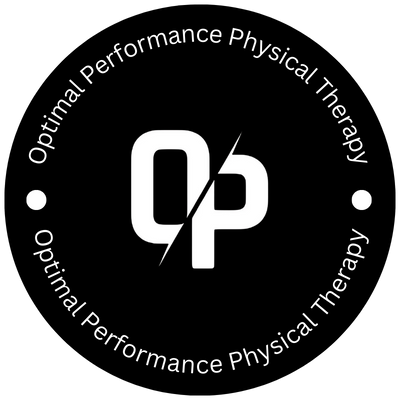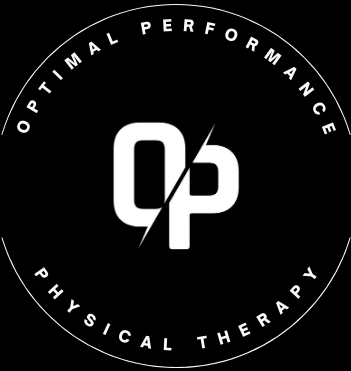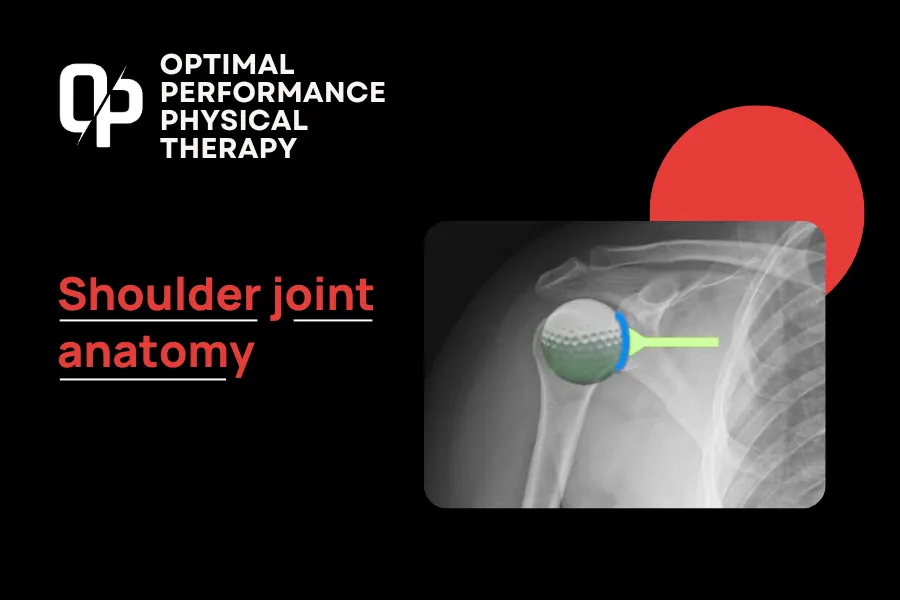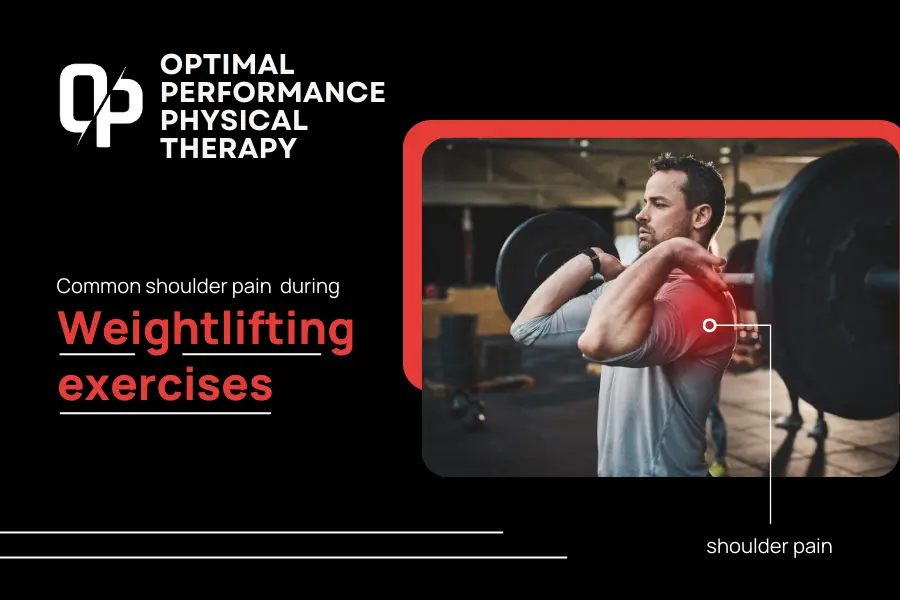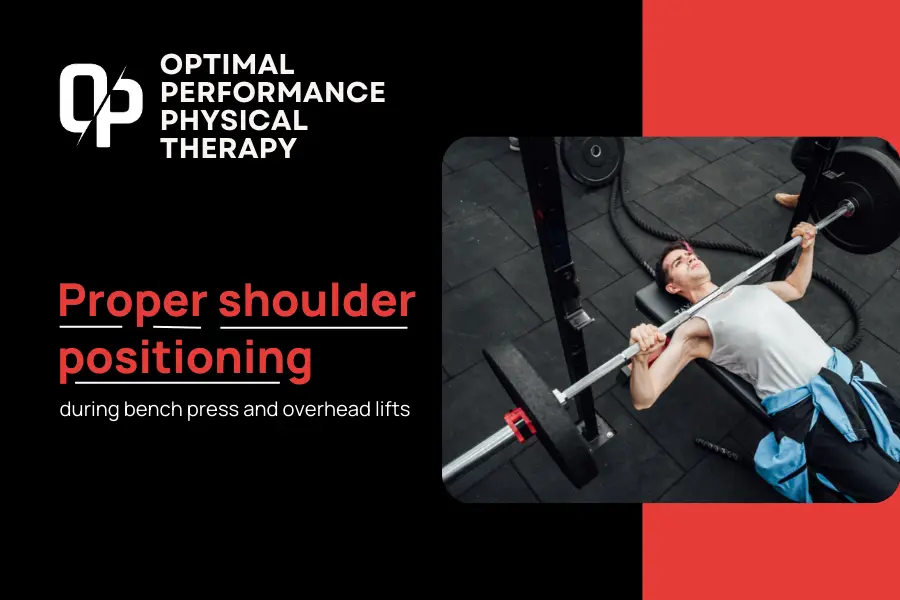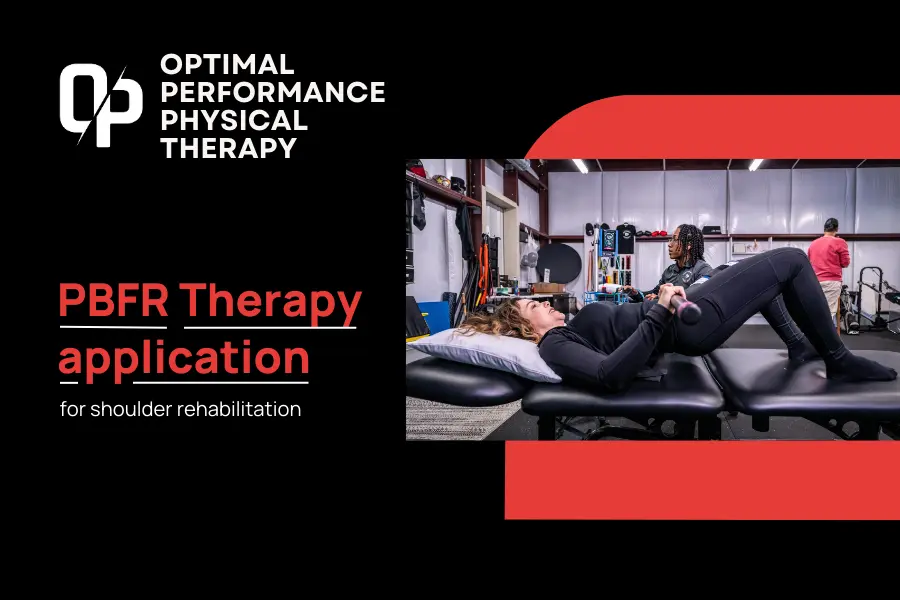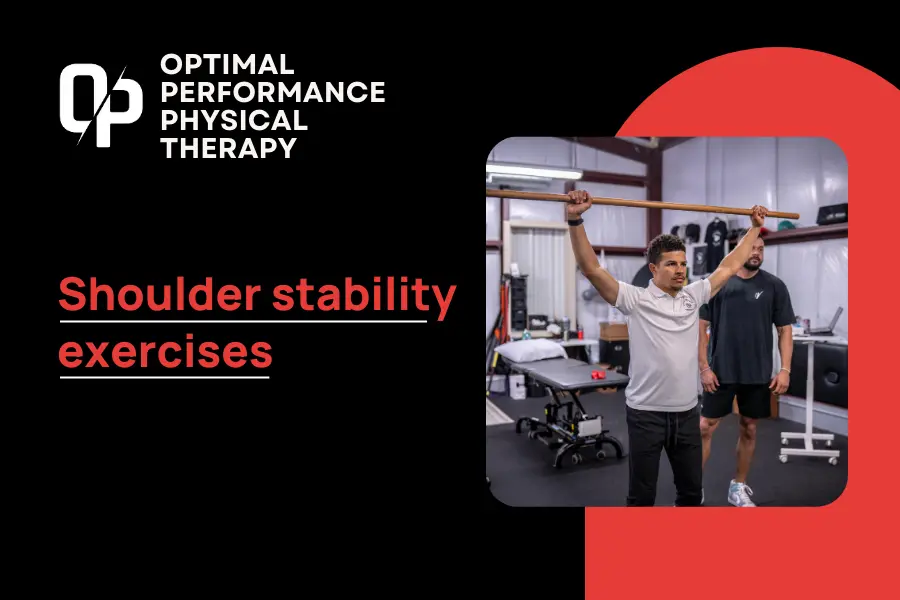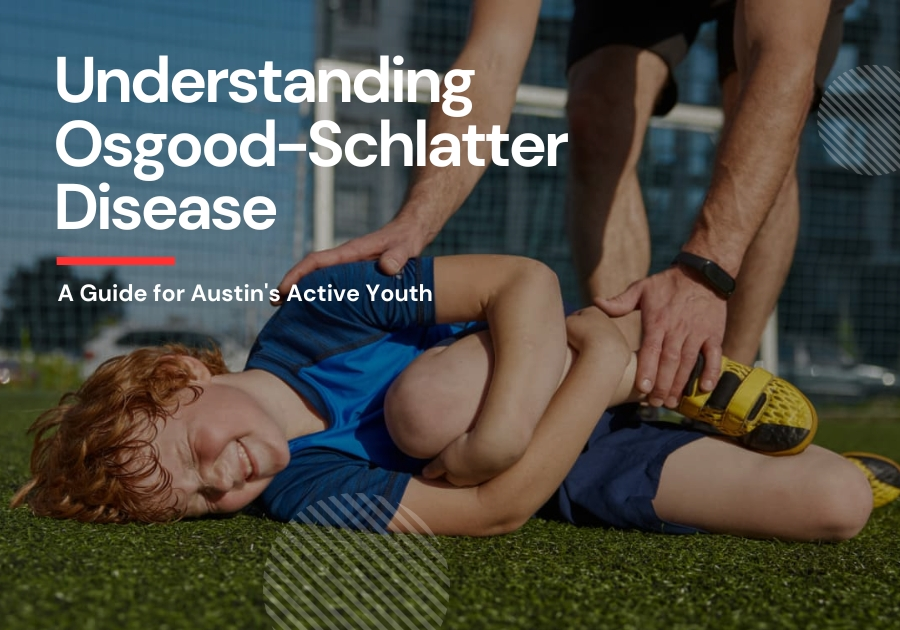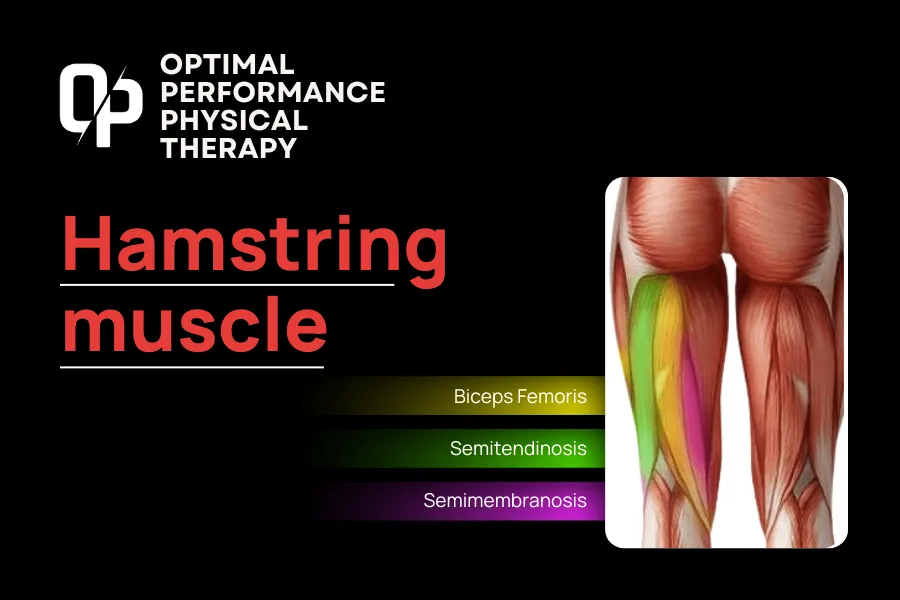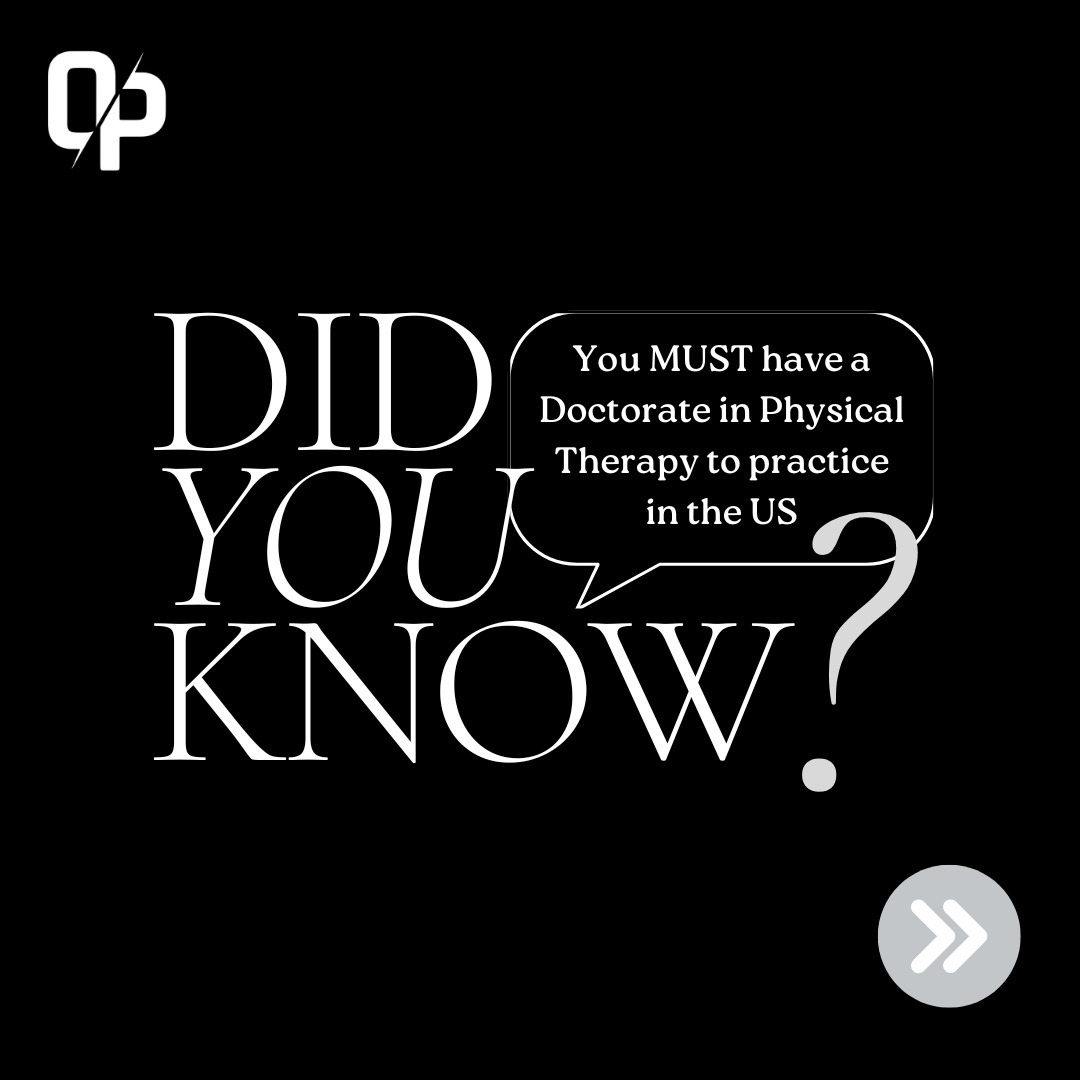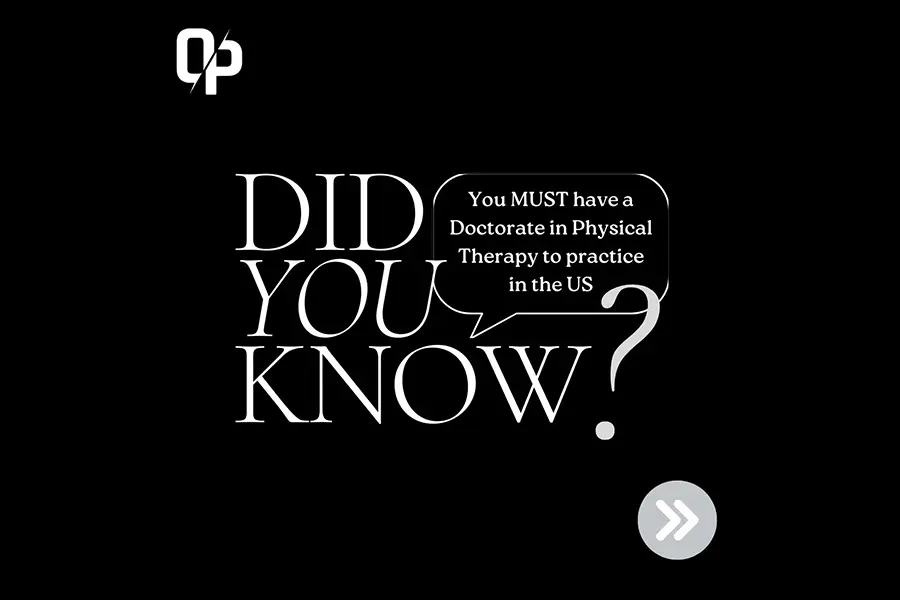For active individuals engaged in strength training, shoulder pain can be more than just an inconvenience – it can derail your fitness goals and impact your daily activities. Whether you’re experiencing discomfort during bench presses, overhead lifts, or even while positioning a bar for squats, understanding the root cause of your shoulder pain is crucial for effective treatment and prevention.
Shoulder pain during weightlifting often stems from improper technique, overloading, or repetitive strain on the joint, as highlighted by its unique anatomy. The shoulder’s golf ball on a tee design allows for an impressive range of motion but also makes it more susceptible to injuries such as rotator cuff strains, impingements, or even dislocations. These issues can arise from poor movement patterns, muscle imbalances, or inadequate warm-ups. For example, lifting too heavy or neglecting recovery periods can lead to overuse injuries like rotator cuff tendinopathy or bicipital tendinopathy.
Addressing these challenges requires more than just rest. While rest is essential for recovery, prolonged inactivity can lead to decreased mobility and muscle weakness. Instead, a strategic approach combining proper technique, targeted exercises, and professional guidance is key to resolving shoulder pain and preventing future injuries.
Understanding the Causes of Shoulder Pain When Lifting Weights
Shoulder pain is a common issue among weightlifters and athletes of all type. It can significantly impact both performance and daily activities. The shoulder joint, known for its incredible range of motion, is also one of the most vulnerable areas in the body due to its complex structure. The paradox of the shoulder is the trade off of increased mobility for decreased stability. This vulnerability makes it prone to injuries, particularly during weightlifting exercises like bench presses, overhead lifts, or lateral raises that require a constant level of stability. Understanding the root causes of shoulder pain is crucial for effective treatment and prevention. At Optimal Performance Physical Therapy, we regularly treat several distinct shoulder conditions that affect weightlifters and athletes alike.
Common Causes of Shoulder Pain When Lifting Weights
Shoulder Impingement Syndrome
Shoulder impingement is particularly problematic for those who perform frequent overhead movements. Think about the space between your rotator cuff and the top of your shoulder blade as a tunnel. When you lift weights overhead, this tunnel narrows, and the tendons, vasculature, nerves, and bursa running through it can become compressed. This compression creates a painful cycle of inflammation and further impingement, making overhead movements increasingly difficult.
Rotator Cuff Injuries
The rotator cuff comprises four critical muscles that stabilize your shoulder joint. We see two main types of rotator cuff issues in weightlifters:
Rotator Cuff Tears
These can occur suddenly during a heavy lift or develop gradually over time. A tear can be partial or complete, affecting one or more of the rotator cuff tendons. The result is often a deep, aching pain and significant weakness, particularly during pressing movements.
Rotator Cuff Tendinopathy
This condition develops more gradually through repeated stress on the tendons. We tend to see this more often than true tearing of the rotator cuff at Optimal Performance Physical Therapy. Unlike a tear, tendinopathy represents a degradation of the tendon tissue quality, leading to pain and decreased function during lifting. Ultimately, this degradation leads to decreased stability that we naturally lack due to the anatomy of the shoulder.
Biceps Tendinitis
The long head of your biceps tendon travels through the shoulder joint and can become irritated during heavy lifting. This condition often creates a sharp, localized pain in the front of the shoulder, particularly during curling movements or when transitioning weights from rack to overhead positions.
Subacromial Bursitis
Your shoulder contains several fluid-filled sacs called bursae that help reduce friction between moving parts. When these become inflamed, particularly the one beneath your acromion (subacromial bursa), it can cause significant pain during overhead movements and bench pressing.
SLAP Tears
A Superior Labrum Anterior to Posterior (SLAP) tear affects the ring of cartilage surrounding your shoulder socket (The labrum). The labrum is a key structure that promotes a suction like effect to enhance the stability of our shoulder. A labral injury can occur from heavy lifting, especially during movements that place significant stress on the shoulder joint. SLAP tears often create a catching sensation and can significantly impact your stability during compound lifts and daily activities.
Understanding Shoulder Pain During Different Lifts
Again, the shoulder is one of the most complex joints in the human body, offering incredible mobility but requiring precise stability for optimal function. When pain occurs during specific lifting movements, it often signals underlying issues that need professional attention.
Bench Press Pain
When your shoulder hurts during bench pressing, the issue often extends beyond simple technique errors. The bench press places significant demands on the anterior shoulder and rotator cuff muscles. Many lifters experience pain because of:
The complex interaction between shoulder stability and mobility becomes particularly evident during pressing movements. According to research published in the Journal of Strength and Conditioning Research, proper scapular positioning is crucial for safe and effective pressing movements.
Common causes of bench press shoulder pain include:
Insufficient rotator cuff stability
Poor scapular positioning
Muscle imbalances between pushing and pulling movements
Improper bar path during the lift
Overhead Press
Overhead lifting presents unique challenges due to the complex nature of the shoulder joint and the demands placed on muscles, tendons, and ligaments. Proper stability is essential to ensure safe and effective movement, whether you’re lifting weights in the gym or performing daily tasks like reaching for items on a high shelf. Without adequate stability, common issues such as shoulder impingements, rotator cuff injuries, or even chronic pain can develop over time.
Why Overhead Lifting Can Be Problematic:
Thoracic Mobility Limitations: Reduced mobility in the thoracic spine can lead to compensatory movements, such as rib flaring or spine overextension, placing undue stress on the shoulder joint.
Scapular Instability: Weakness in the scapular stabilizers can make it difficult to maintain proper shoulder alignment during overhead movements.
Muscle Imbalances: Tightness in muscles like the lats or inadequate strength in stabilizing muscles can create biomechanical inefficiencies, increasing injury risk.
Pull-Ups and Lat Pulldowns
Pull-ups and lat pulldowns target the lats but require strong scapular control to avoid overloading the shoulder joint. Improper form, such as shrugging during the pull, can lead to discomfort. Focus on engaging the lower traps and avoiding excessive momentum.
Dips
Dips are effective for triceps and chest development but can stress the AC joint if performed with poor form or excessive depth. Limit range of motion to prevent shoulder extension beyond its safe limits.
Snatches and Cleans
Olympic lifts like snatches and cleans demand explosive power and precise technique. Poor wrist mobility or weak rotator cuff muscles can compromise shoulder stability during these lifts. Incorporating prehab exercises like external rotations and scapular retractions can help prepare your shoulders for these complex movements.
The Problem with Common Approaches
Traditional treatment methods for shoulder and muscle pain often focus solely on managing symptoms rather than addressing the root cause, which can lead to recurring issues. For example, cryotherapy is commonly used to reduce inflammation and pain, but studies show it can impair muscle strength and proprioception if not timed correctly, potentially increasing the risk of future injuries. Similarly, acupuncture is effective for pain modulation but fails to resolve the biomechanical imbalances that caused the injury in the first place. Relying on rest alone can also be counterproductive, as it may lead to decreased mobility, muscle weakness, and loss of proper movement patterns. These approaches often fail to provide long-term solutions because they don’t address underlying issues such as movement dysfunction or tissue imbalances.
At Optimal Performance Physical Therapy, we emphasize fixing the root cause of pain rather than just masking symptoms. By identifying where the pain originates, its potential spread, and how to correct it through targeted interventions, we offer a more sustainable path to recovery. Stretching alone is not always the solution; instead, a comprehensive approach combining movement analysis and therapy is vital for lasting results.
Key Issues with Common Approaches:
Cryotherapy: Reduces inflammation but can impair muscle strength and proprioception when overused.
Acupuncture:Modulates pain but doesn’t address biomechanical dysfunctions.
Rest Alone: Leads to decreased mobility, muscle weakness, and reduced tissue tolerance.
Symptom Focus: Fails to address root causes like movement patterns or muscle imbalances.
By addressing these gaps in traditional methods, Optimal Performance Physical Therapy provides effective solutions tailored to each individual’s needs for long-term recovery and improved function.
Why Active Rehabilitation is Essential
Active rehabilitation is a transformative approach to recovery that focuses on movement, exercise, and functional training to address the root causes of pain and injury. Unlike passive treatments like rest or medication, active rehabilitation empowers individuals to actively participate in their healing process, leading to long-term pain relief and improved overall health. By strengthening muscles, improving flexibility, and increasing blood flow, it promotes healing while preventing future injuries.
Benefits of Active Rehabilitation:
Restores Strength & Mobility: Targets weakened muscles and restricted joints for improved function.
Reduces Pain & Inflammation: Boosts blood flow and endorphin production for natural pain relief.
Prevents Future Injuries: Corrects biomechanical imbalances and strengthens key muscle groups.
Improves Posture & Alignment: Addresses poor posture to reduce chronic pain and discomfort.
Active rehabilitation is not just about recovery—it’s about building resilience and ensuring long-term health. At Optimal Performance Physical Therapy, we emphasize active rehabilitation approaches that address the root causes of shoulder pain. Our comprehensive treatment strategy includes:
Movement Pattern Analysis: Understanding how you move during lifting activities helps identify compensations and inefficiencies that contribute to pain.
Progressive Loading: Carefully designed exercise progressions help tissues adapt and become stronger, rather than just masking pain.
Neuromuscular Re-education: Teaching proper muscle activation patterns ensures long-term stability and function.
The PBFR Advantage
The PBFR Advantage: How Personalized Blood Flow Restriction Therapy Can Help You
Personalized Blood Flow Restriction (PBFR) therapy is a cutting-edge rehabilitation technique that enhances strength and muscle growth while minimizing stress on joints and recovering tissues. By using a specialized cuff to safely restrict blood flow during low-intensity exercises, PBFR tricks your muscles into responding as if you’re lifting heavy weights. This makes it an ideal option for individuals recovering from injuries, post-surgery patients, or those looking to maintain muscle mass during periods of reduced activity. Additionally, PBFR has been shown to improve cardiovascular fitness, reduce pain, and even enhance bone density.
At Optimal Performance Physical Therapy, we stand out as one of the few clinics in Austin offering this advanced therapy. Our expert therapists, certified through Owens Recovery Science, customize each PBFR session to your unique needs and goals. Whether you’re recovering from an injury or aiming to boost athletic performance, we ensure optimal results while prioritizing your safety.
Benefits of PBFR Therapy:
Build Strength with Lighter Loads: Achieve muscle growth without heavy lifting, reducing joint stress.
Accelerate Recovery: Ideal for post-surgery or injury rehabilitation to prevent atrophy and regain strength faster.
Improve Cardiovascular Fitness: Enhances endurance while promoting overall health.
Reduce Pain and Enhance Mobility: Supports recovery by addressing pain and improving movement patterns.
Maintain Muscle Mass: Perfect for periods of reduced activity or non-weight-bearing conditions.
PBFR therapy is revolutionizing rehabilitation by offering a safe, effective way to achieve significant results with minimal strain. At Optimal Performance Physical Therapy, we’re proud to bring this innovative treatment to the Austin community, helping you move better and recover faster.
Building Shoulder Stability: The Key to Pain-Free Lifting
Shoulder pain during weightlifting often stems from instability, poor movement patterns, or muscle imbalances. To address these issues effectively and prevent future injuries, building shoulder stability is essential. At Optimal Performance Physical Therapy (OPPT), we combine advanced techniques to create personalized treatment plans that go beyond symptom management, helping you achieve long-term results.
Our approach integrates manual therapy, which improves joint mobility and reduces soft tissue restrictions, and corrective exercises to target muscle imbalances and enhance biomechanics. For those recovering from injuries or looking to build strength with minimal joint stress, our Personalized Blood Flow Restriction (PBFR) Training offers a cutting-edge solution. Additionally, dry needling helps release trigger points and reduce muscle tension, while sports-specific rehab and performance training prepare you for optimal athletic performance. Prehab is preparation prior to surgical intervention for optimal outcomes post-operatively.
At Optimal Performance Physical Therapy, we stand out as one of the few clinics in Austin offering these comprehensive services under one roof. Our expert therapists, certified through Owens Recovery Science, ensure every session is tailored to your unique needs and goals. Whether you’re recovering from an injury or aiming to enhance your lifting performance, we’re here to help you move better and lift pain-free.
Why Choose Optimal Performance Physical Therapy for Shoulder Stability?
Manual Therapy: Enhances joint mobility and reduces restrictions. Learn more about our physical therapy services in Austin.
Corrective Exercises: Targets imbalances for better biomechanics.
PBFR Training: Builds strength with lighter loads for safer recovery.
Dry Needling: Relieves tension and improves movement efficiency.
Sports-Specific Rehab: Tailored exercises for athletic performance.
Prehab: Surgical preparation for optimal outcomes.
Ready to take the first step? Schedule your consultation today at our Austin clinic and experience the Optimal Performance Physical Therapy difference. For additional insights into shoulder pain management, check out our dedicated page on shoulder pain treatment in Austin.
Don’t let shoulder pain compromise your training goals. Consider scheduling a free 30-minute phone consultation to discuss your shoulder pain with one of our Doctors of Physical Therapy.
